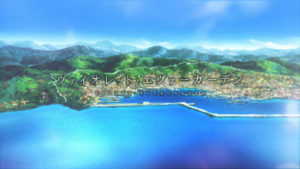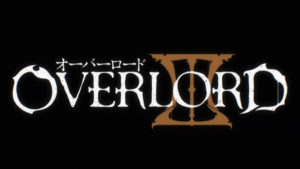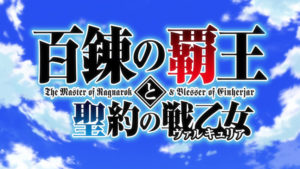People like to claim the Ys series is skill intensive, and to a degree it is. To a much larger degree however it’s luck-based; whether you win or lose a boss battle (assuming you’re not overleveled from grinding) often depends upon which moves they decide to use… which is partly random.
Oath in Felghana is a remake of Ys III which has no notable connection to the first two games. It doesn’t do anything unexpected and only really stands out for having extremely quick combat, an awful storyline, and an inability to use items in boss battles. I finished Normal difficulty at level 51 with level 3 equipment in ~7.5 hours (not having bothered to upgrade any of the earlier equipment) and the most difficult fights were the two Dularn encounters (random homing swords are tough to dodge) and the 2nd Chester one (very few openings).
The sixth main game in the series, Ark of Napishtim, changes things up a bit. The boost and magic functions have been merged, healing items have been added (which can be used in boss battles), combat is a bit slower due to the lesser combo ability, bosses are far easier (even the hidden optional boss is only difficult due to its high stats), and it’s not quite as linear. I finished it in ~8.5 hours, skipping that one optional super-boss, at level 50 with the red sword at 11 and the other two at 10 with practically no grinding required. The storyline is a bit better, but this time around does make some pretty notable references to previous games: The first Ys and Ys V (which currently does not have an official English translation).
Remember that terrible final dungeon in the first Ys? Well Origin certainly does and wants you to run through it again not once, but three times with three different characters. Joy. The environs in this iteration are more varied though, which is nice, and mechanically it’s identical to Oath in Felghana with boss difficulty that lands somewhere between that game and Ark of Napishtim: They have the attack variety of Felghana‘s with the predictability of Napishtim‘s.
The first character is Yunica, an extremely talkative Adol clone with very similar magic ability. I finished her story at level 50 with maxed equipment after ~6.5 hours. The second available character (Hugo) plays much differently, being a ranged fighter his attacks evoke Gradius‘ gameplay (and so combat is insanely quick). Finished his story after ~6 hours at level 50 with only the final equipment upgraded (SP went into raising magic & boost recovery). Toal is kind of a combination between the two gameplay-wise (insanely quick but next-to-no range) and his version of the story was completed after ~5 hours also at level 50 with only the final armor upgraded (you should max out Boost recovery). The general plotline is pretty bad, each of the individual stories features something incredibly dumb, and if you were to only play through the game once I’d suggest going with Yunica (her version is almost entirely stand-alone while Hugo and Toal’s are linked, Toal’s being the True End which leads into Ys I & II).



